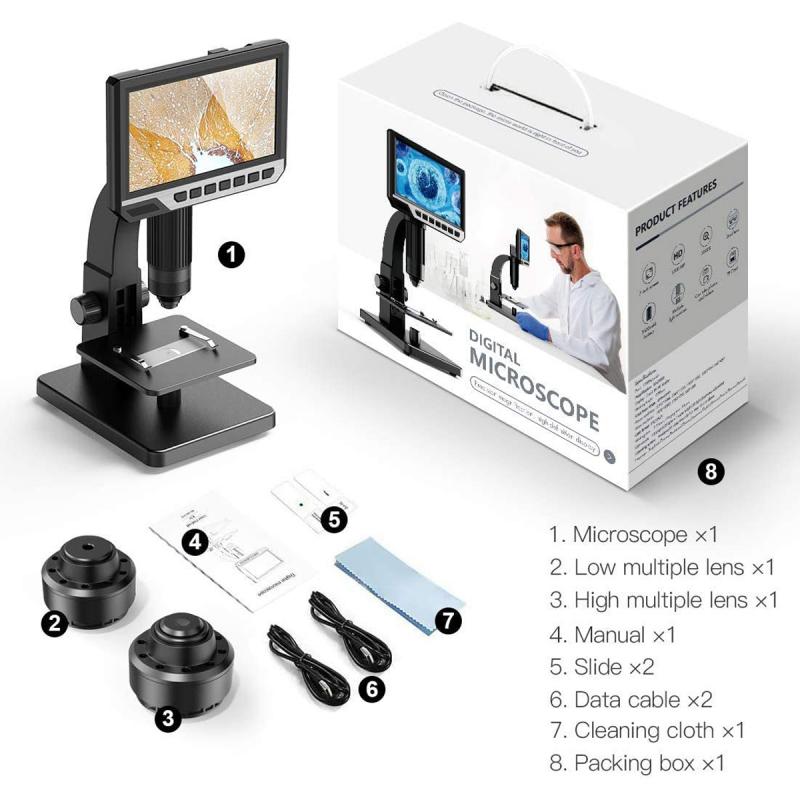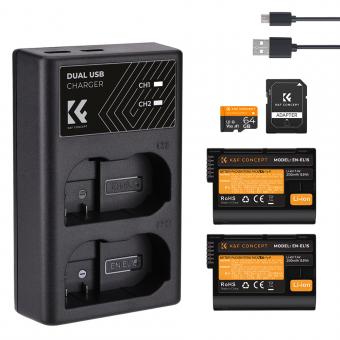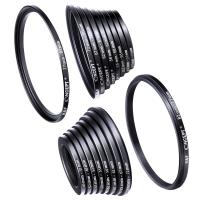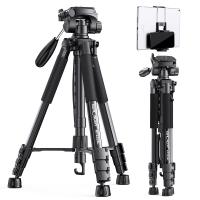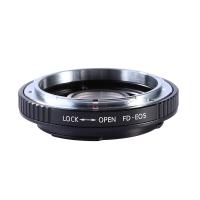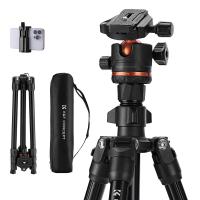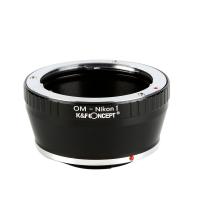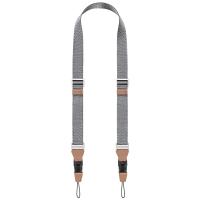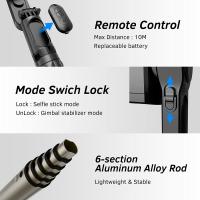Digital Camera Discharging Batteries When Switched Off ?
One possible reason for a digital camera discharging batteries when switched off could be a power-draining component or feature that remains active even when the camera is turned off. This could include functions like Wi-Fi connectivity, GPS, or image stabilization, which continue to consume power in the background. Another possibility could be a faulty power switch or circuitry, causing a small amount of power to continuously flow even when the camera is supposedly off. Additionally, leaving the camera in extreme temperatures or storing it for long periods without use can also contribute to battery drain. It is recommended to check the camera's settings, disable any unnecessary features, and ensure that the power switch is functioning properly. If the issue persists, it may be necessary to consult the camera's manufacturer or seek professional assistance.
1、 Battery drain in digital cameras during standby mode
Battery drain in digital cameras during standby mode is a common issue that many users have experienced. Despite being switched off, some digital cameras continue to discharge their batteries, leading to frustration and inconvenience for users.
There are several reasons why this battery drain occurs. One possible explanation is that certain camera features, such as Wi-Fi connectivity or GPS tracking, may remain active even when the camera is switched off. These features require power to function and can contribute to the battery drain. Additionally, some cameras have background processes running in standby mode, such as auto-focus or image stabilization systems, which also consume power.
Another factor that can contribute to battery drain is the quality and age of the battery itself. Over time, batteries lose their ability to hold a charge, and this can result in faster discharge rates. Using a high-quality battery and regularly replacing it can help mitigate this issue.
Manufacturers are aware of this problem and have been working to address it. Many newer camera models now include power-saving features that automatically shut down all non-essential functions when the camera is switched off. Additionally, some cameras have a dedicated power switch that completely cuts off power to the camera, ensuring no battery drain occurs.
To minimize battery drain, it is recommended to remove the battery from the camera when not in use for an extended period. Additionally, disabling unnecessary features like Wi-Fi or GPS can help conserve battery life.
In conclusion, while battery drain in digital cameras during standby mode remains a concern, manufacturers have made efforts to mitigate this issue through power-saving features. Users can also take steps to minimize battery drain by using high-quality batteries and disabling unnecessary features.
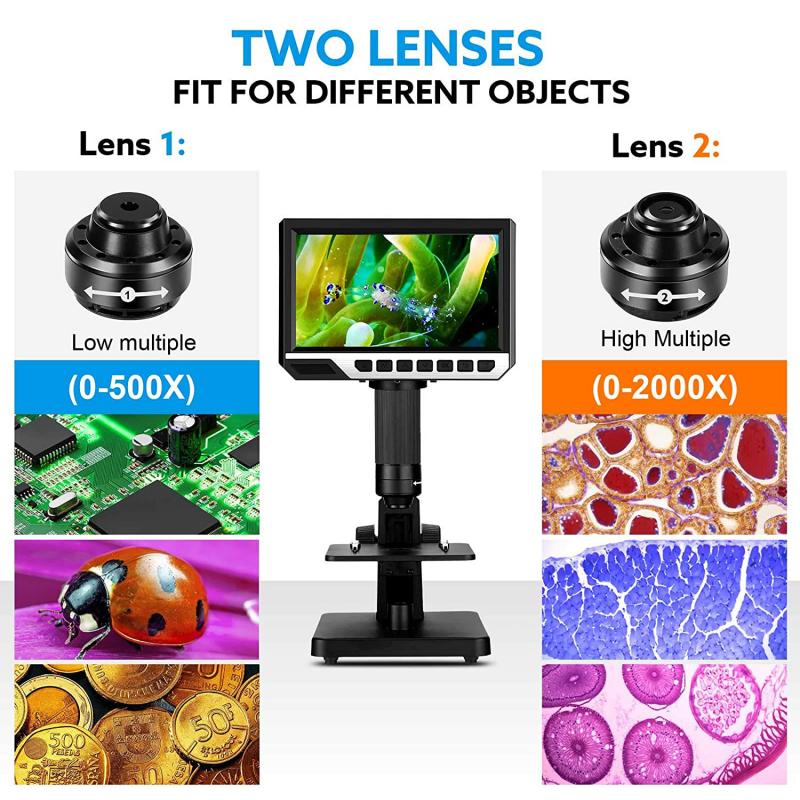
2、 Power consumption issues in digital cameras on standby
Power consumption issues in digital cameras on standby have been a concern for many users. One common problem reported by users is the discharging of batteries even when the camera is switched off. This issue has been a cause of frustration for photographers who often find their camera batteries drained when they need them the most.
There are several reasons why digital cameras may discharge batteries when switched off. One possible explanation is that some cameras have features that continue to draw power even when the camera is not in use. For example, cameras with built-in Wi-Fi or Bluetooth capabilities may constantly search for a connection, leading to battery drain. Additionally, cameras with GPS functionality may also consume power even when not in use.
Another factor contributing to battery discharge is the standby mode of digital cameras. While in standby mode, the camera remains partially active, ready to be quickly powered on when needed. However, this standby mode can consume a significant amount of power over time, especially if the camera is left unused for an extended period.
Manufacturers have been working to address these power consumption issues in recent years. Many newer camera models now offer power-saving features such as automatic power-off timers, which can help conserve battery life when the camera is not in use. Additionally, some cameras allow users to disable certain features like Wi-Fi or GPS when not needed, further reducing power consumption.
It is important for users to be aware of these power consumption issues and take necessary steps to mitigate battery drain. This includes fully powering off the camera when not in use for an extended period, disabling unnecessary features, and ensuring that the camera is stored in a cool and dry environment.
In conclusion, while power consumption issues in digital cameras on standby have been a concern, manufacturers have made efforts to address these problems. Users should be mindful of the features that may contribute to battery drain and take appropriate measures to conserve battery life.

3、 Battery discharge problem in switched-off digital cameras
Battery discharge problem in switched-off digital cameras is a common issue faced by many users. Despite turning off the camera, the batteries continue to discharge, leading to frustration and inconvenience. This problem can be attributed to several factors.
One possible cause is the presence of power-consuming features that remain active even when the camera is switched off. Some cameras have features like Wi-Fi connectivity, GPS, or background processes that continue to drain the battery. In such cases, it is advisable to disable these features manually before turning off the camera.
Another factor contributing to battery discharge is the standby mode of the camera. While in standby mode, the camera remains partially active, ready to be quickly powered on. This constant readiness consumes a small amount of power, which can gradually drain the battery over time. To mitigate this issue, it is recommended to remove the batteries when the camera is not in use for an extended period.
Additionally, battery quality and age can also play a role in the discharge problem. Older or low-quality batteries tend to lose their charge more quickly, even when the camera is switched off. In such cases, replacing the batteries with new ones or using high-quality rechargeable batteries can help alleviate the issue.
It is worth noting that some camera manufacturers have acknowledged this problem and have taken steps to address it. For instance, newer camera models may have improved power management systems that minimize battery drain when the camera is switched off.
In conclusion, the battery discharge problem in switched-off digital cameras can be attributed to power-consuming features, standby mode, battery quality, and age. By disabling power-consuming features, removing batteries when not in use, and using high-quality batteries, users can mitigate this issue. It is also advisable to stay updated with the latest camera models that offer improved power management systems.

4、 Standby power drain in digital cameras and battery longevity
Standby power drain in digital cameras and battery longevity have been topics of concern for many camera users. One common issue that has been reported is the phenomenon of digital cameras discharging batteries even when switched off.
This problem can be attributed to various factors. One possible reason is the presence of certain features or settings that continue to consume power even when the camera is not in use. For example, some cameras have Wi-Fi or Bluetooth connectivity options that remain active in standby mode to facilitate quick connection when turned on. Additionally, features like image stabilization or GPS tracking may also contribute to the power drain.
Another factor that can contribute to battery discharge is the quality and age of the batteries themselves. Over time, batteries tend to lose their capacity to hold a charge, and this can result in faster discharge rates, even when the camera is switched off.
To address this issue, camera manufacturers have been working on implementing power-saving technologies. Many modern digital cameras now come with energy-efficient standby modes that minimize power consumption when not in use. Some cameras also offer the option to completely disable certain features that consume power in standby mode.
It is important for camera users to be aware of the standby power drain and take necessary precautions to prolong battery life. This includes ensuring that the camera is fully powered off when not in use, removing the batteries if the camera will not be used for an extended period, and using high-quality batteries that are compatible with the camera.
In conclusion, while standby power drain in digital cameras can be a concern, manufacturers are continuously working on improving power-saving technologies. By being mindful of power consumption and taking appropriate measures, camera users can optimize battery longevity and minimize the issue of batteries discharging when the camera is switched off.
